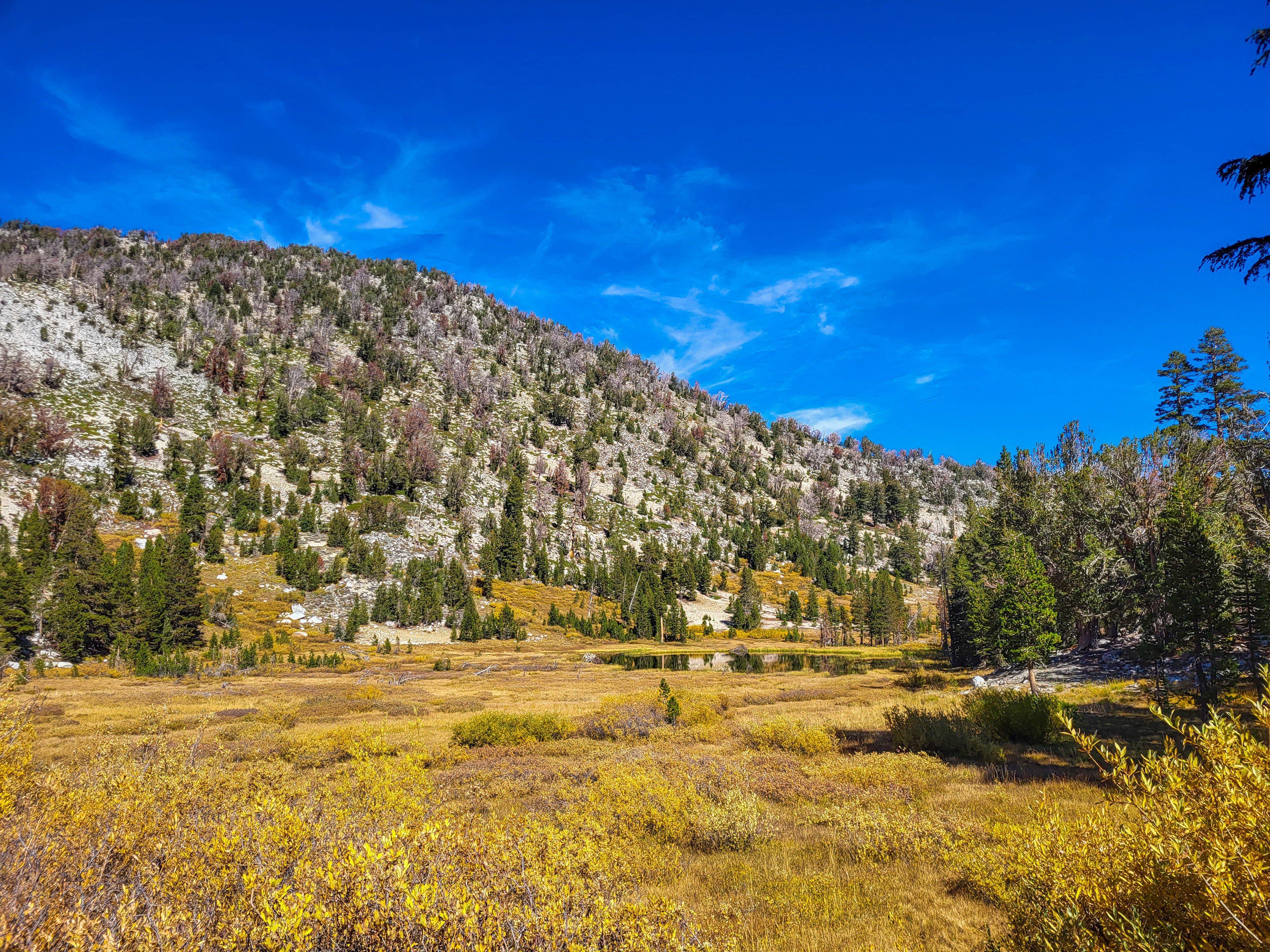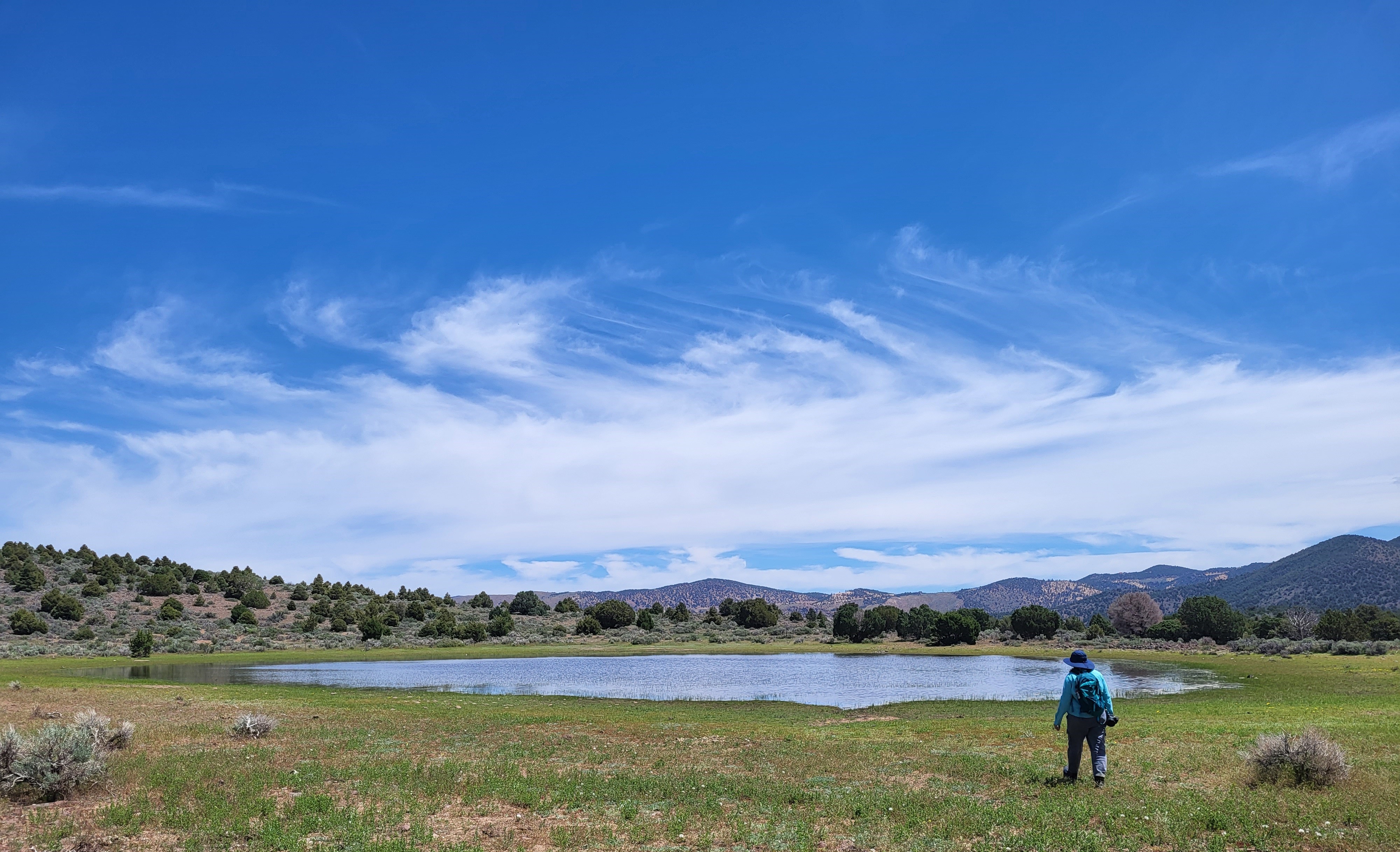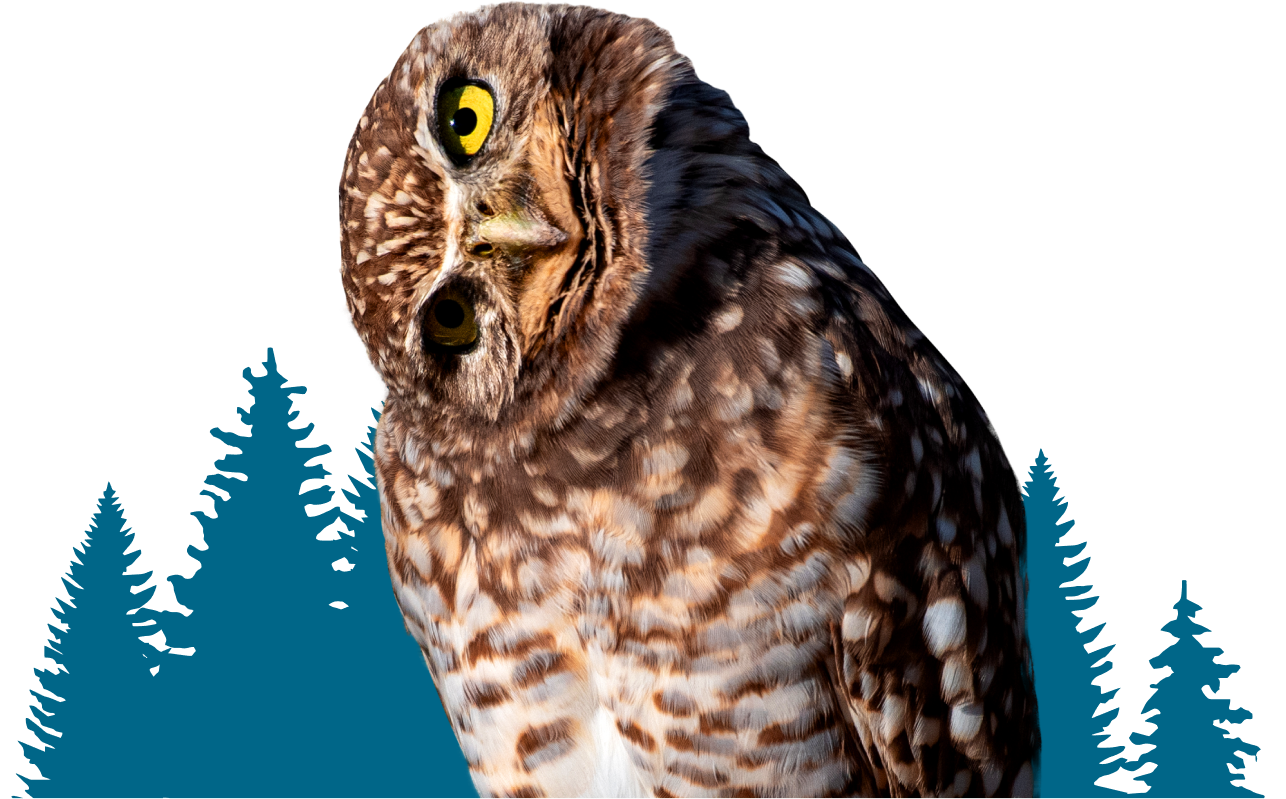Nevada is the driest state in the nation, and although wetlands (e.g., wet meadows, seeps and springs, lakes and playas, riparian areas, perennial streams, and intermittent and ephemeral washes) cover less than 5% of Nevada, the ecosystem services they provide are indispensable. Wetlands provide critical habitat for at least 75% of species, including 31 that are threatened or endangered. They are essential for humans as well, by providing water supply and purification; regulation of floods, drought, and land degradation; ground water recharge; stream flow maintenance; soil formation and nutrient cycling; and recreational opportunities and tourism.
Nevada’s Wetland Program works to gather data, collaborate with stakeholders, provide resources, and produce conservation plans to better conserve wetlands statewide. We welcome collaborations and partnerships; please feel free to contact us.
Check out the quick links section to the right to explore our wetlands pages!
Current Projects:
Nevada Wetland Program Plan (NV WPP) - The WPP outlines statewide goals and priorities for the wetland program from 2023-2028. We will work with wetland stakeholders to periodically review and carry out the goals of this plan. If you would like to get involved, please contact the Wetland Program Specialist.
Inventorying Nevada's rare and pristine wetlands - We are documenting Nevada’s most unique and pristine wetlands across the state. Rare wetlands like vernal pools (precipitation fed, isolated pools that fill in the winter and dry in the summer) and fens (montane wet meadows that have developed a thick layer of organic material over thousands of years) are irreplaceable and often support rare plants and animals. These wetlands are understudied in Nevada and facing threats from climate change. By gathering data on rare wetlands, we will be better equipped to preserve these precious resources.

Pristine examples of common wetland types are ideal to use as references for wetland restoration projects or evaluating the condition of other wetlands. We are working to describe plant assemblages, geomorphology, water quality, and other site characteristics that are diagnostic of healthy wetlands by type.

Spring surveying - NDNH has contracted with the Springs Stewardship Institute to inventory springs throughout the state, focusing on understudied areas. SSI describes the hydrology, geomorphology, and biology of spring sites and shares the data in their secure database SpringsOnline. Since 2020, they have surveyed over 400 springs in Nevada; hundreds more spring surveys are planned.
WetBar - WetBar is a browser wetland analysis toolbar that allows users to quickly evaluate condition and trends for free, with no GIS experience required. WetBar integrates 40 years of satellite imagery with web-based data (such as drought, precipitation, and temperature records) to create helpful images, charts, and graphs of your wetland of interest. For an introduction to using the tool and metadata, check out the WetBar user guide and documentation. WetBar was developed by Dr. Ken McGwire at the Desert Research Institute.
Groundwater Dependent Ecosystems in Nevada - The Nevada Indicators of Groundwater Dependent Ecosystems (iGDEs) Database was developed in 2019 by The Nature Conservancy (TNC) and partners. It is a compilation of existing data on indicators of groundwater dependent ecosystems including phreatophyte communities, wetlands, springs, lakes and playas, rivers and streams, and species in Nevada. The database also includes attributes for the Nevada GDE stressor and threat assessment that was completed in 2022. A storymap, reports, and sources for data in the database can be found on TNC's Conservation Gateway page. To request any or all of the database data layers, please fill out and submit the request form.
Staff Members
- Chantal Iosso
